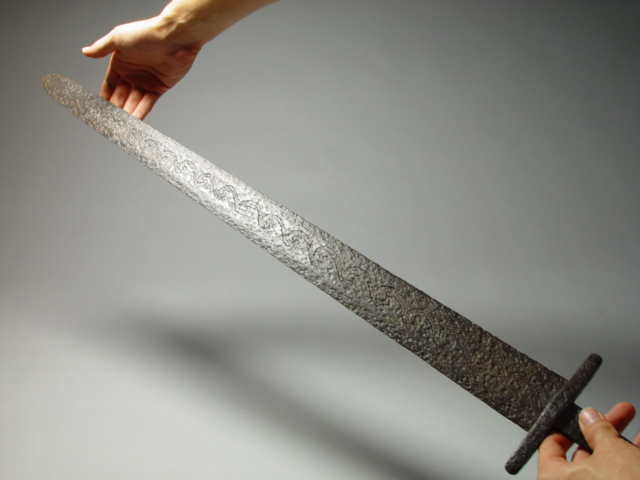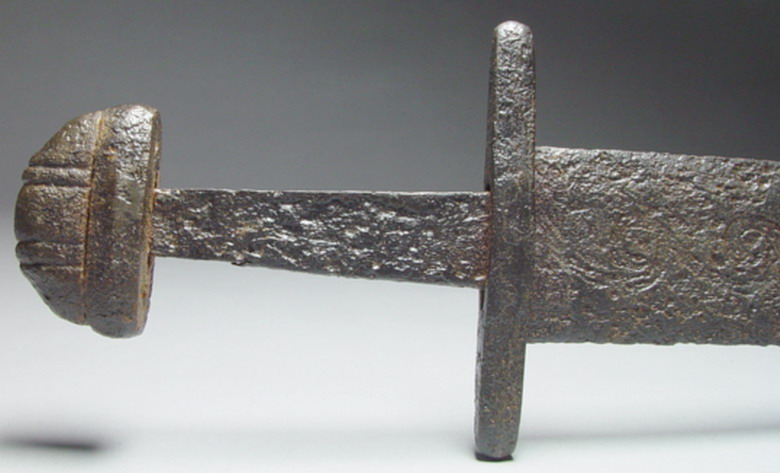| Russ Ellis wrote: |
| Eftis again.
I have attempted to put these few small thoughts together keeping myArmoury's reputation and liabiltiy issues in mind. If I have overstepped any bounds I have every confidence the moderators will act accordingly. Overstepping bounds was not my intent. |
Do 'experts' in museums and such have 'liability issues' in the same way that other people passing comments might (or might not)? If so, they too may be less than willing to comment (or do they carry insurance to cover such eventualities). In this modern litigious age, it may be difficult to get a definite answer. Objectively, you could get a date on the wood in the hilt, but it wouldn't tell you much more about the iron work, as it could have been added later.
geoff

